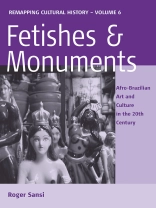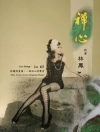One hundred years ago in Brazil the rituals of Candomblé were feared as sorcery and persecuted as crime. Its cult objects were fearsome fetishes. Nowadays, they are Afro-Brazilian cultural works of art, objects of museum display and public monuments. Focusing on the particular histories of objects, images, spaces and persons who embodied it, this book portrays the historical journey from weapons of sorcery looted by the police, to hidden living stones, to public works of art attacked by religious fanatics that see them as images of the Devil, former sorcerers who have become artists, writers, and philosophers. Addressing this history as a journey of objectification and appropriation, the author offers a fresh, unconventional, and illuminating look at questions of syncretism, hybridity and cultural resistance in Brazil and in the Black Atlantic in general.
Mục lục
List of Illustrations
Acknowledgements
Introduction: Culture and Objectification in the Black Rome
Chapter 1. ‘Making the Saint’: Spirits, Shrines and Syncretism in Candomblé
Chapter 2. From Sorcery to Civilisation: The Objectification of Afro-Brazilian Culture
Chapter 3. From Informants to Scholars: Appropriating Afro-Brazilian Culture
Chapter 4. From Weapons of Crime to Jewels of the Crown: Candomblé in Museums
Chapter 5. From the Shanties to the Mansions: Candomblé as National Heritage
Chapter 6. Modern Art and Afro-Brazilian Culture in Bahia
Chapter 7. Authenticity and Commodification in Afro-Brazilian Art
Chapter 8. Candomblé as Public Art: The Orixás of Tororó
Chapter 9. Re-appropriations of Afro-Brazilian Culture
Bibliography
Index
Giới thiệu về tác giả
Roger Sansi is a Lecturer in Anthropology at Goldsmith’s College, London .He has conducted research on Afro-Brazilian art and culture in Brazil. Recently he has worked on the history of the term “fetish” in the Lusophone Black Atlantic.












